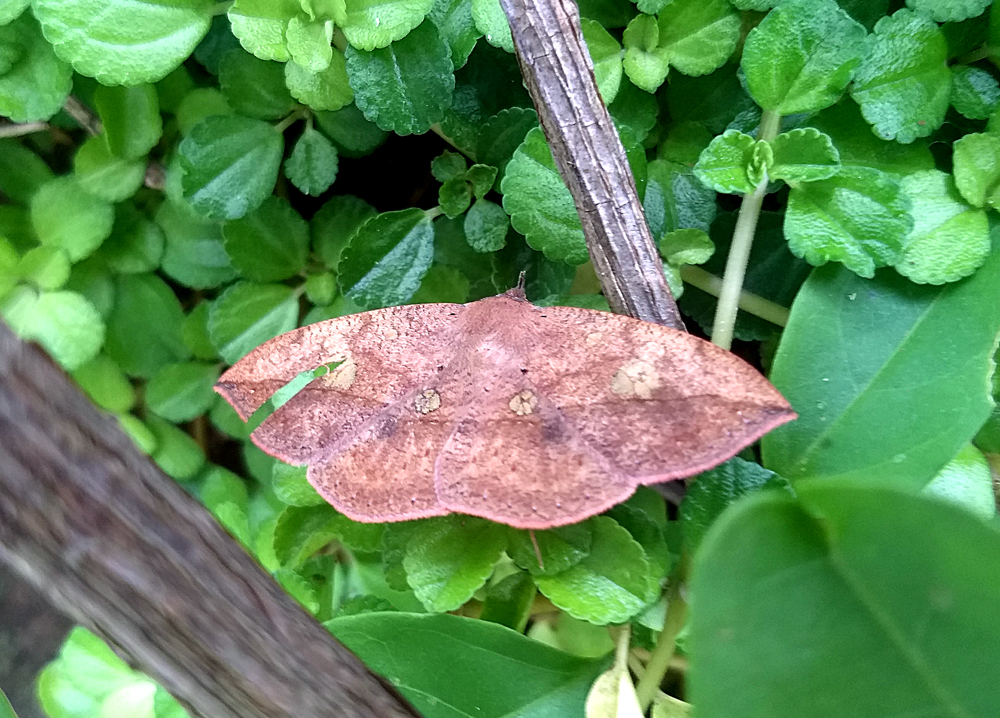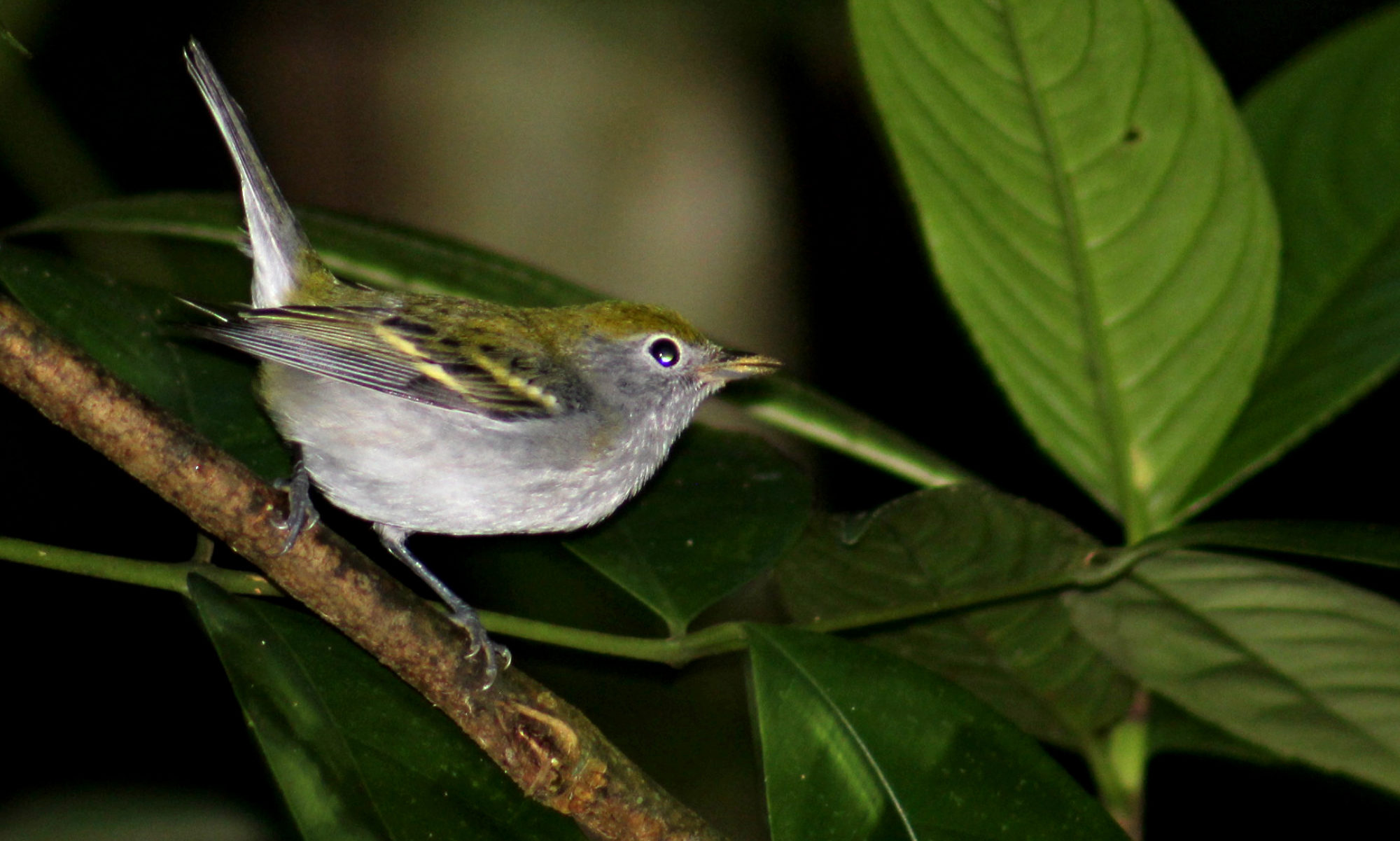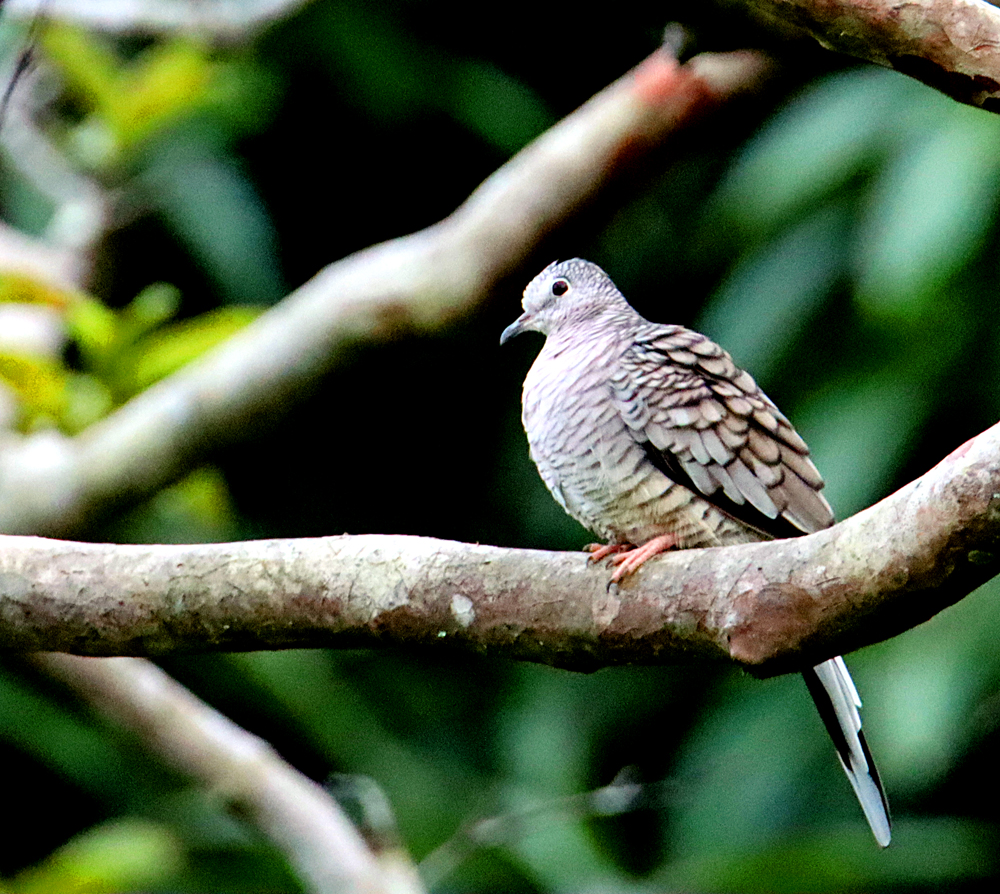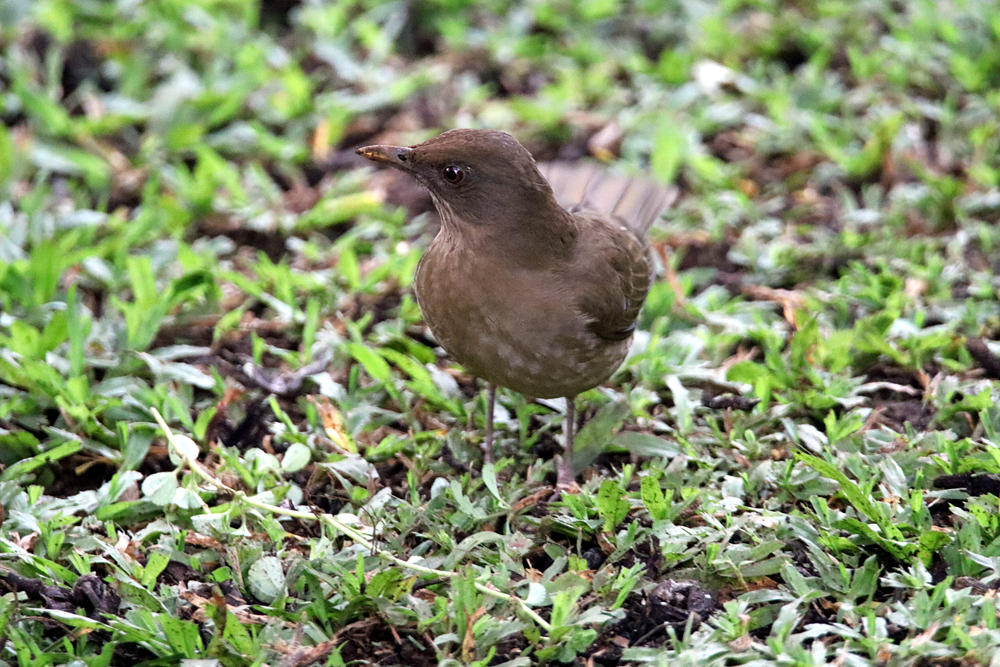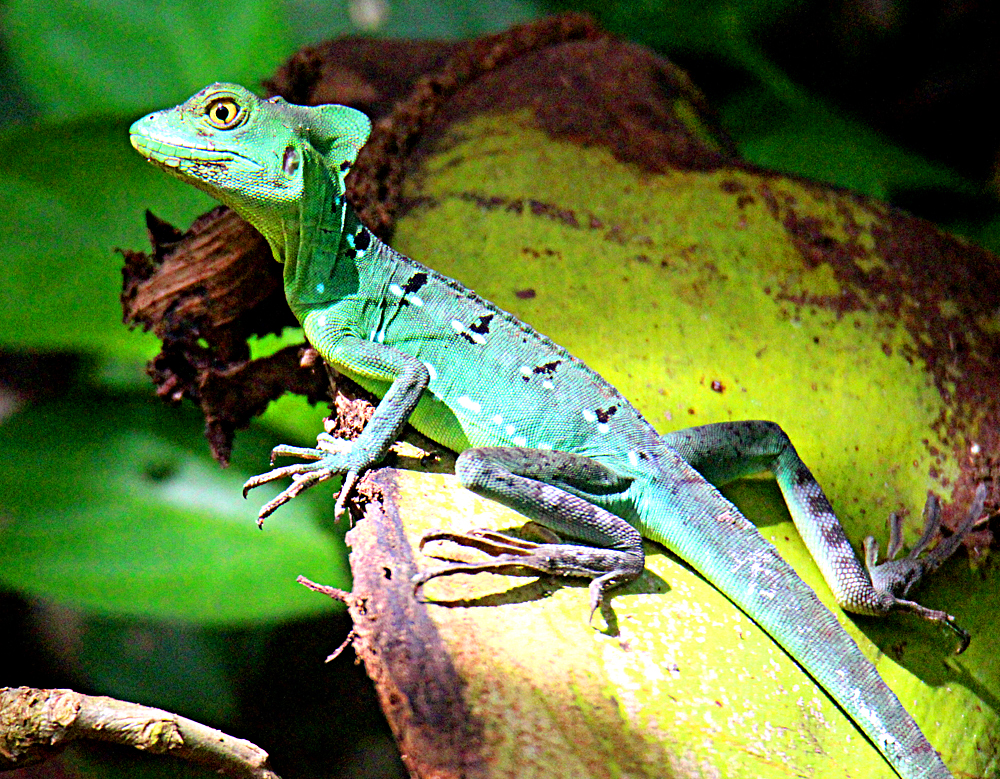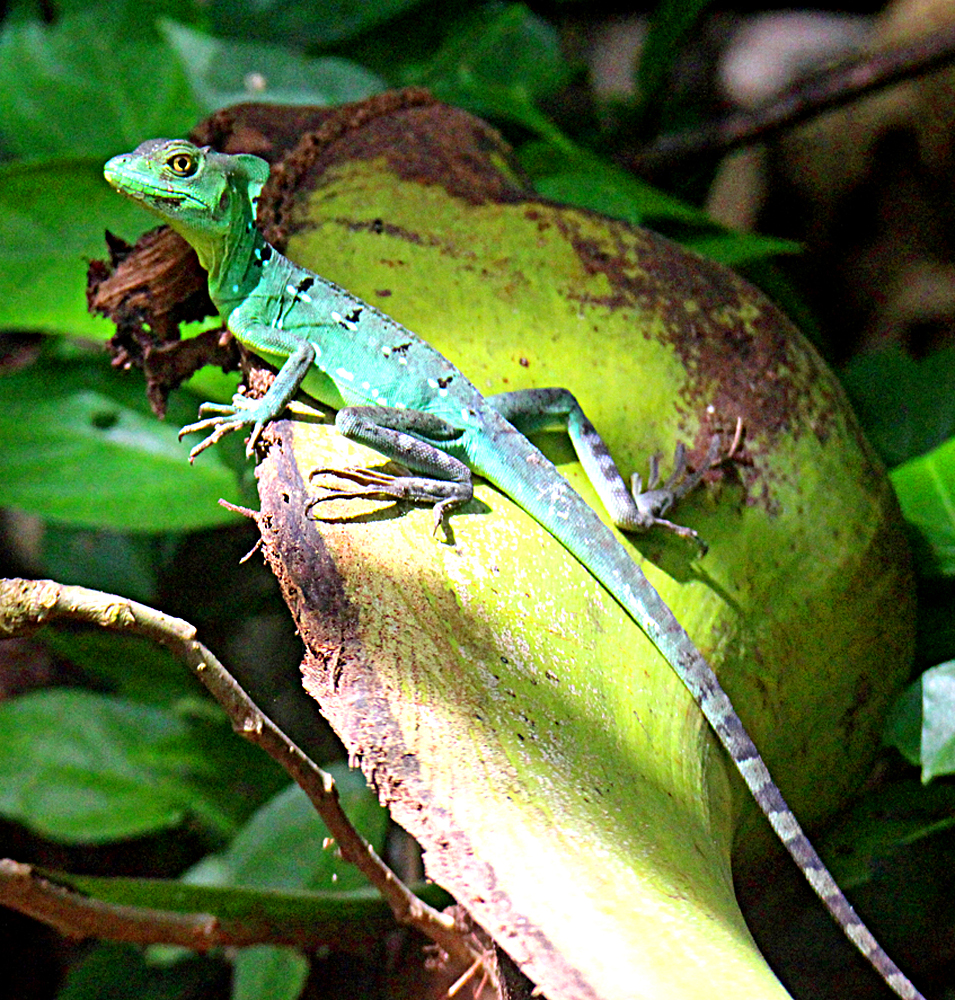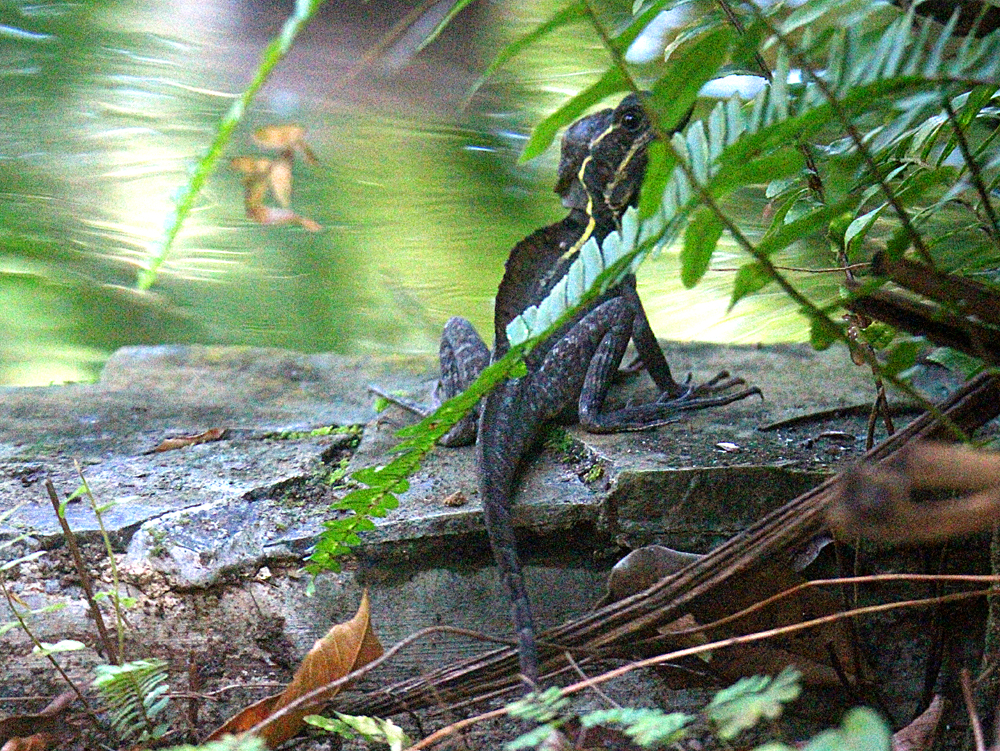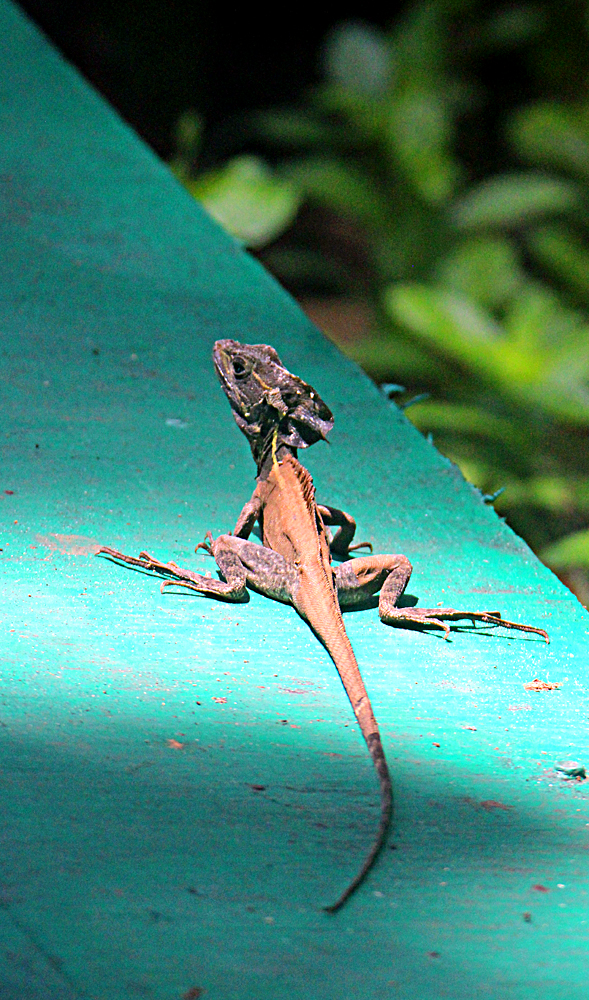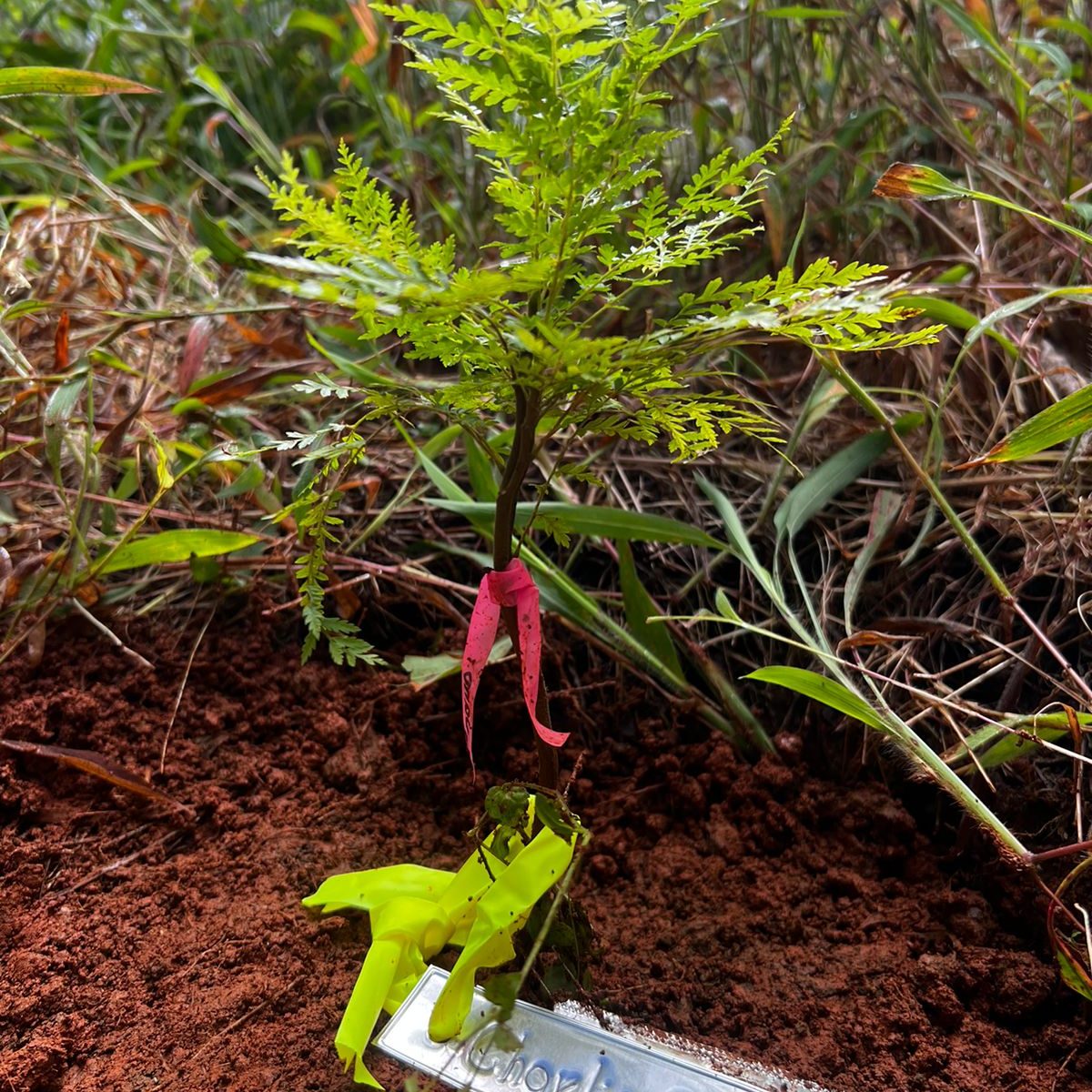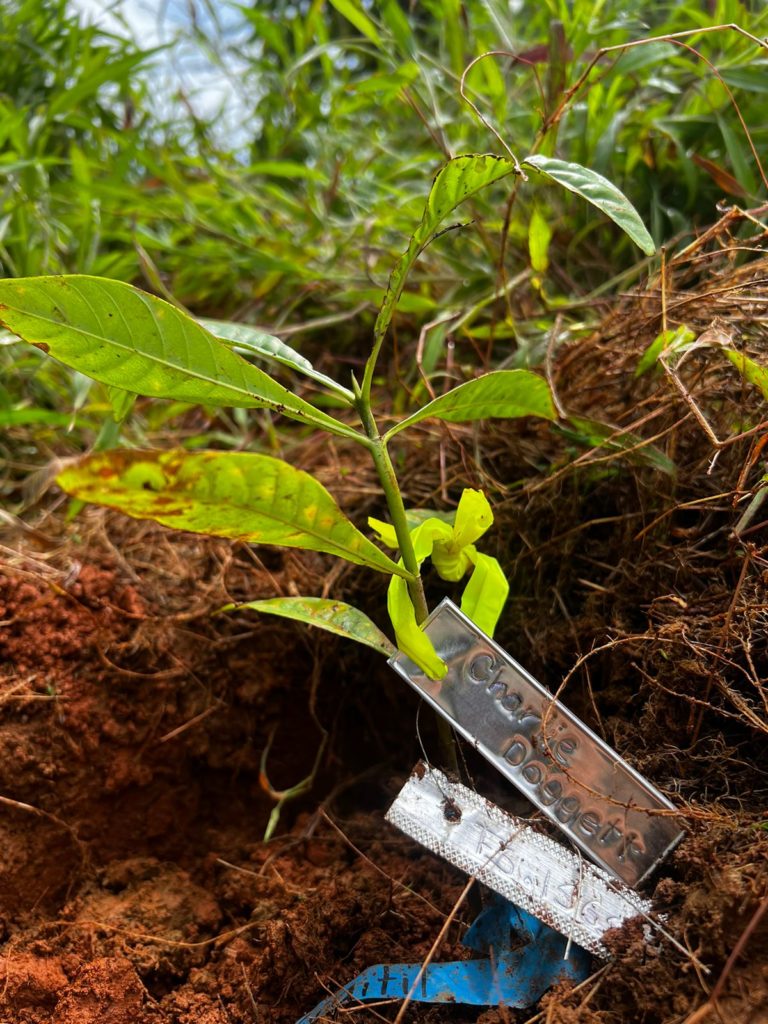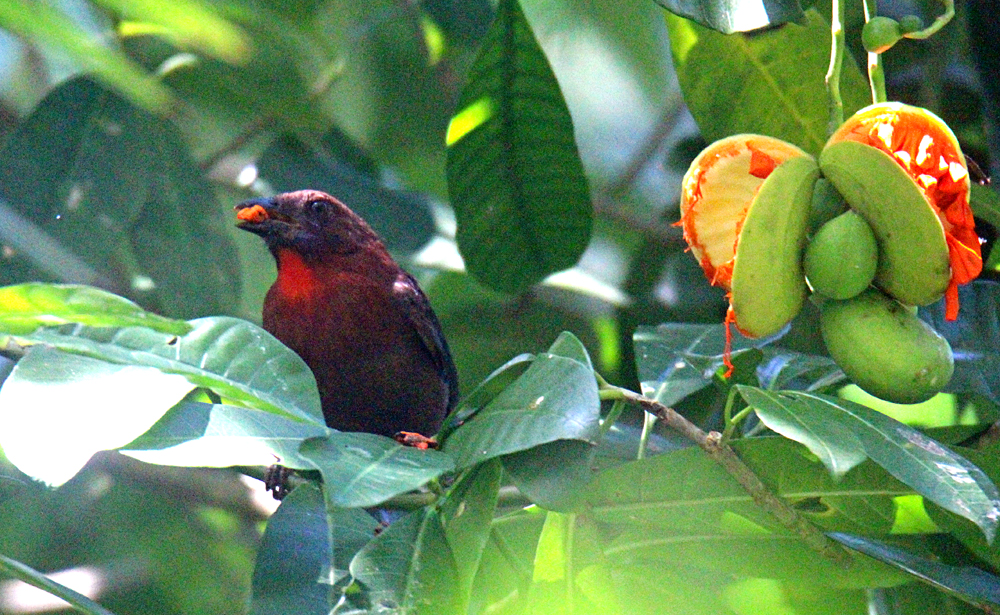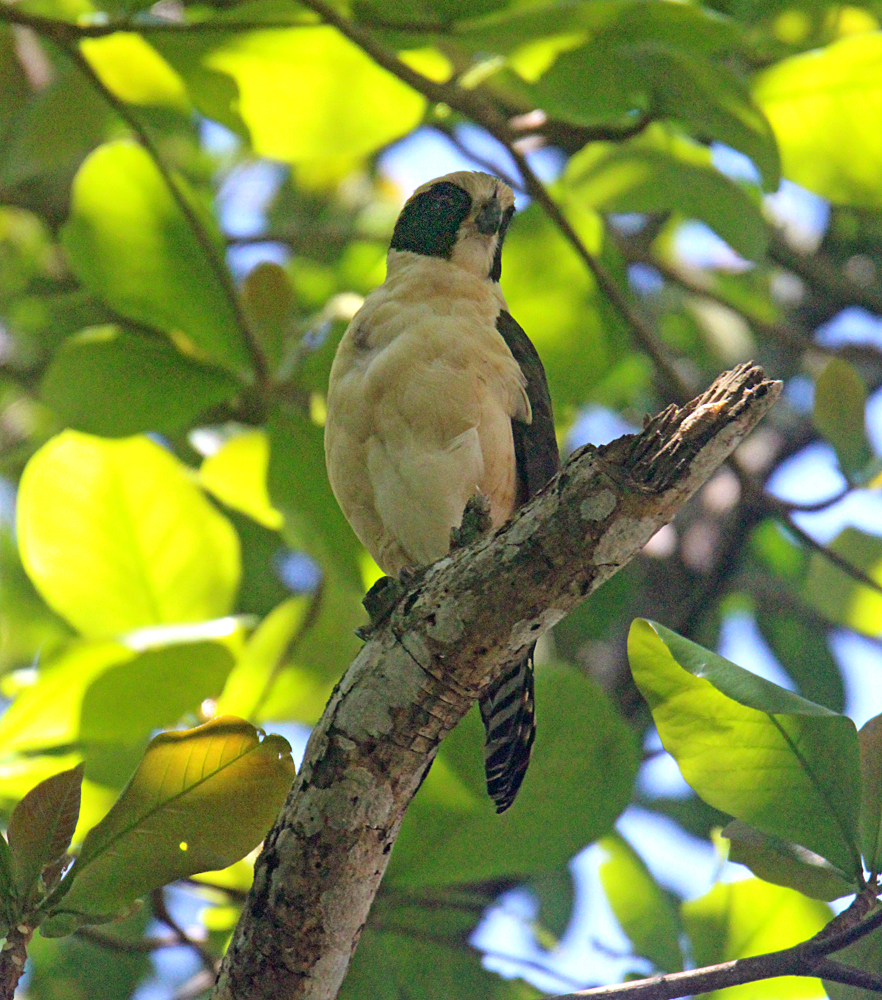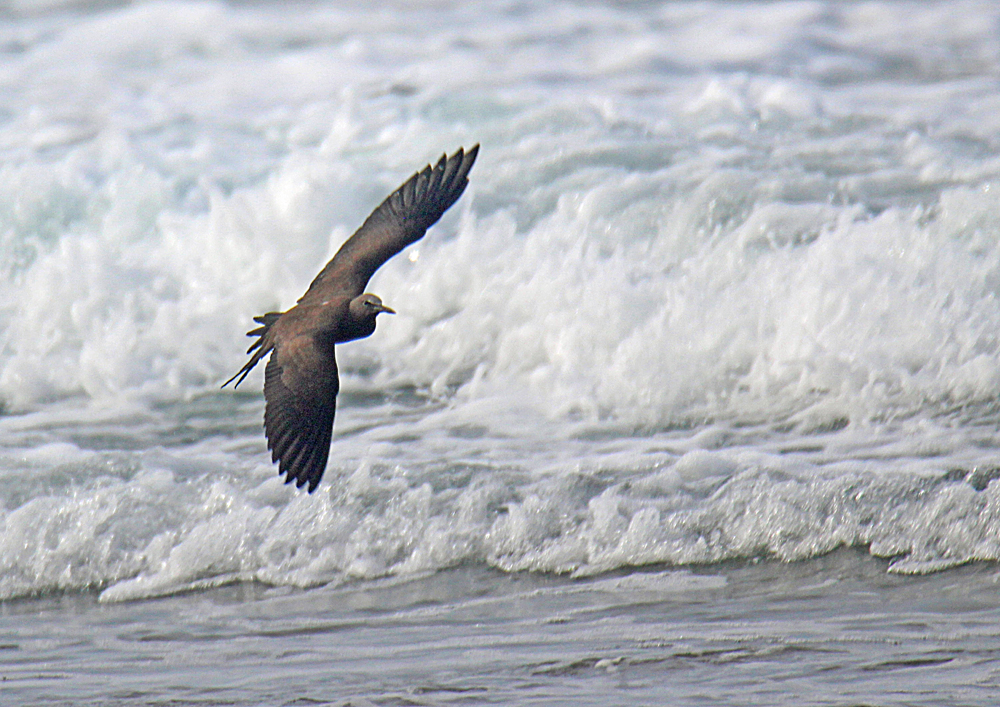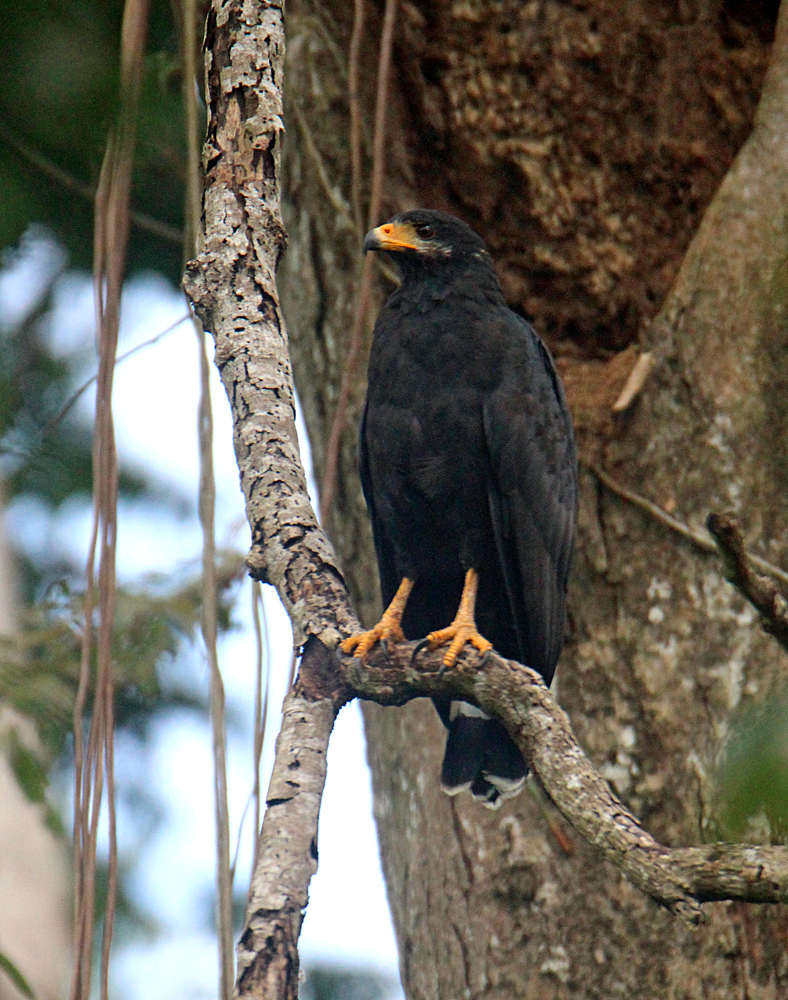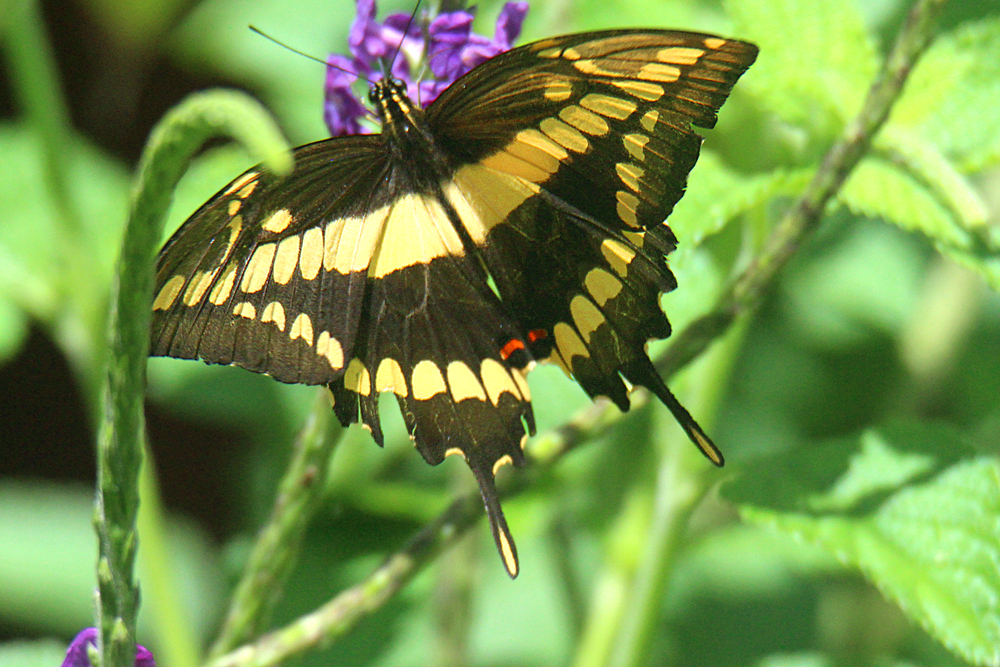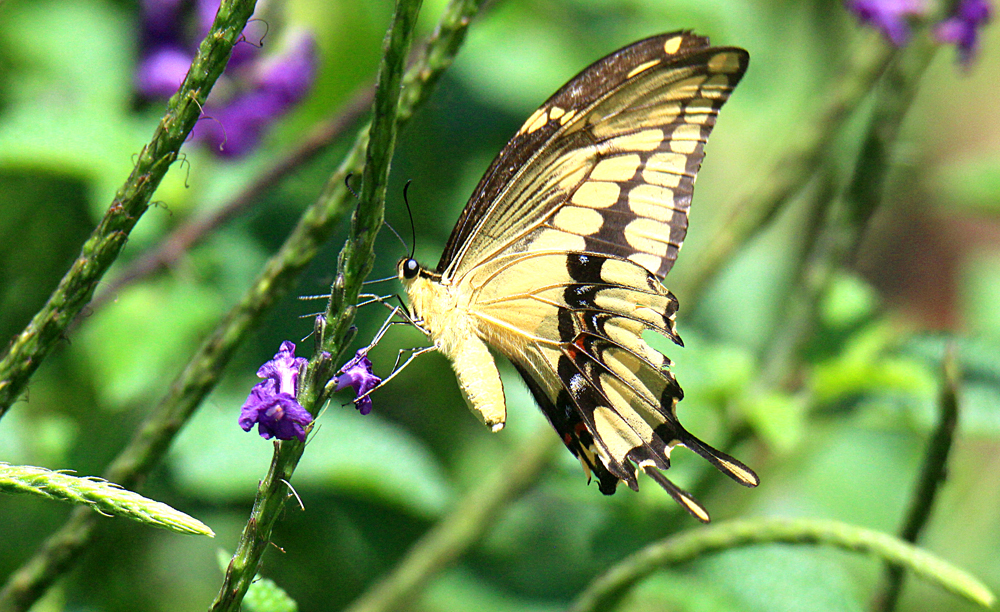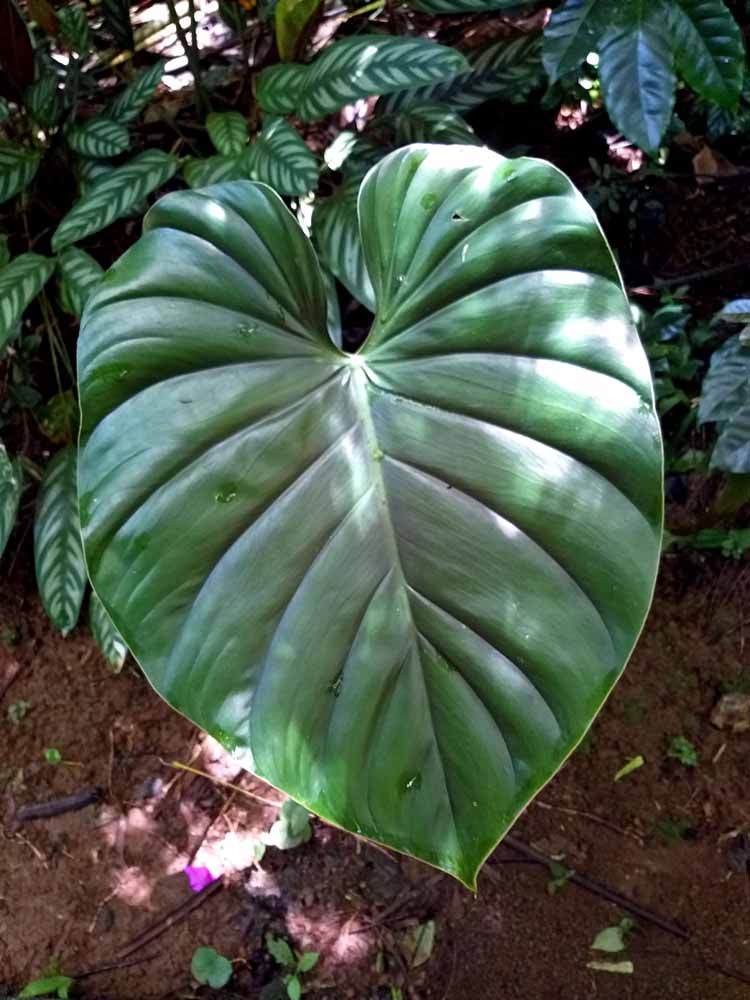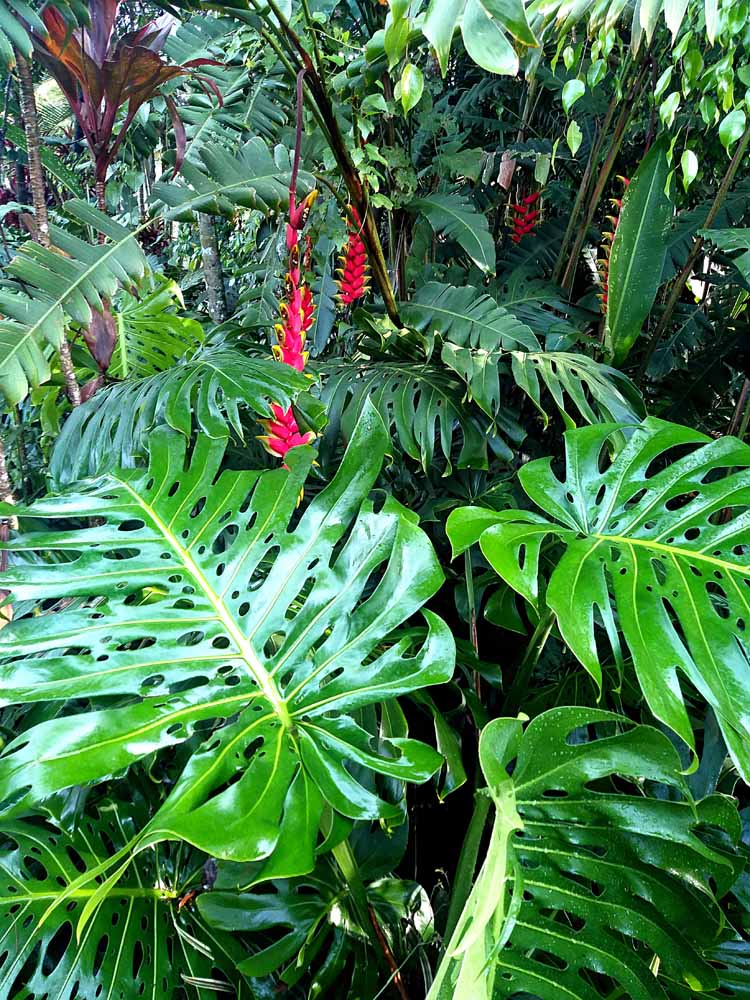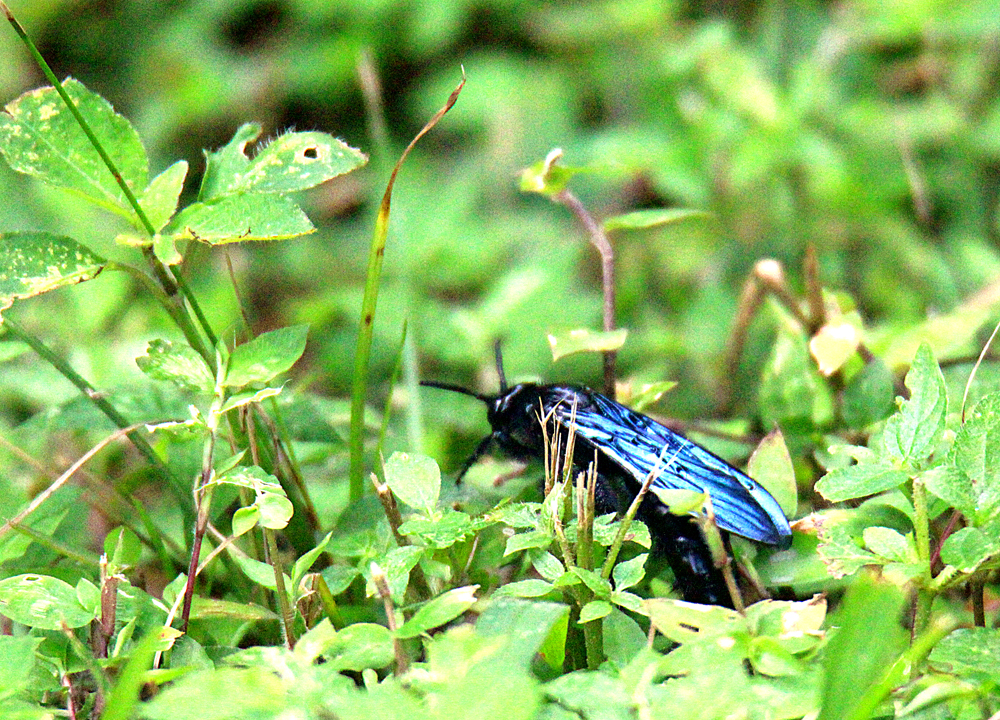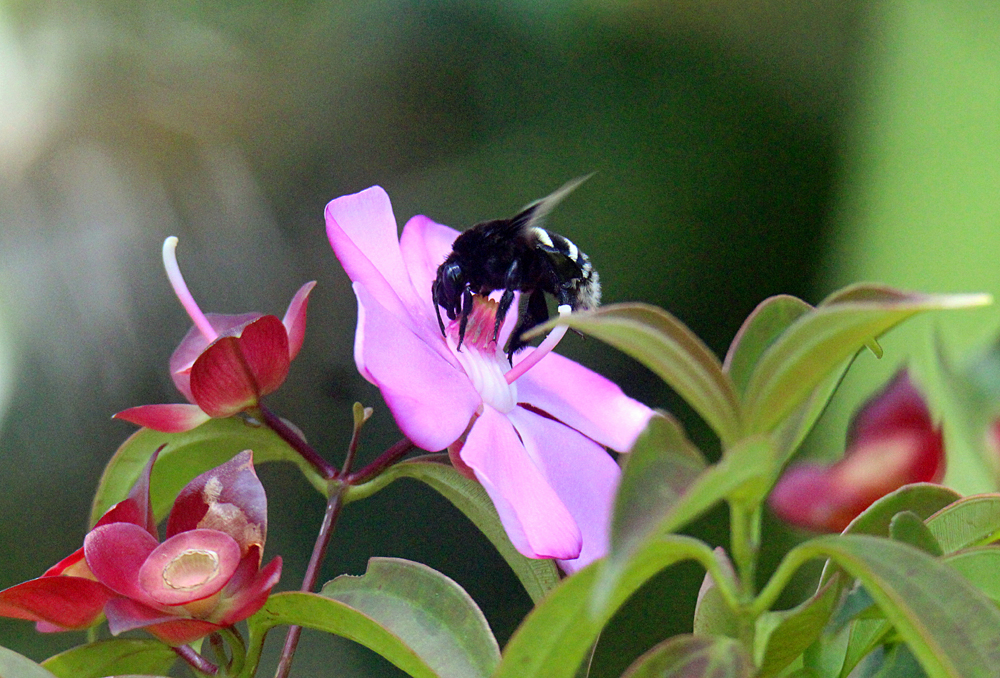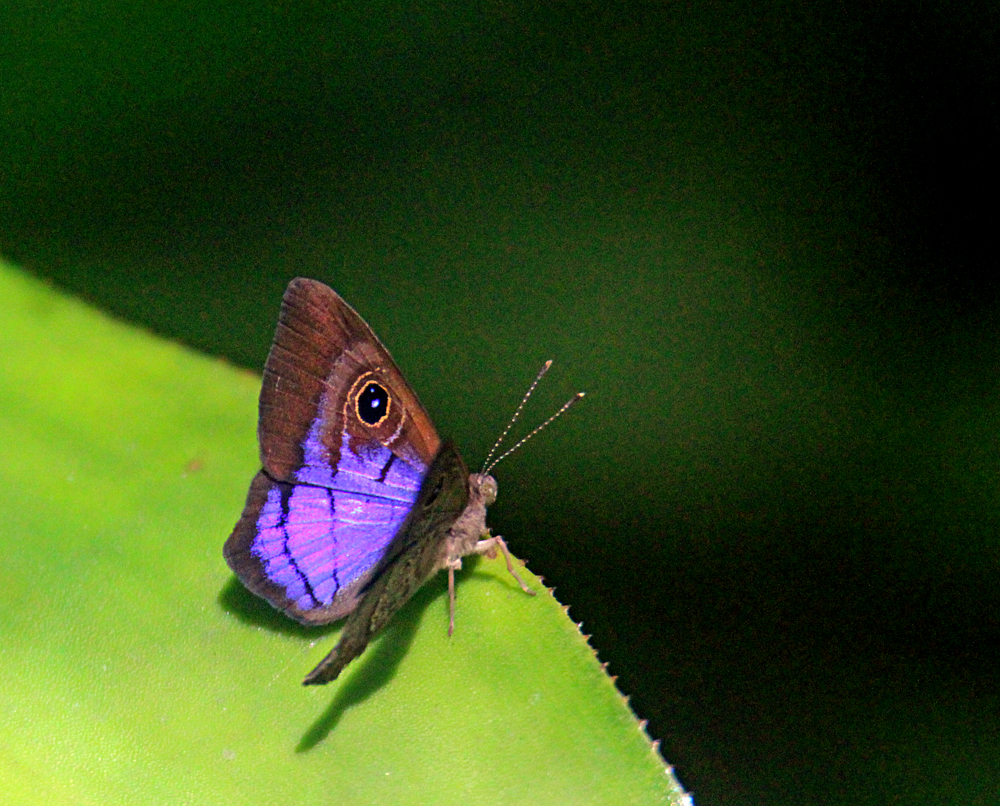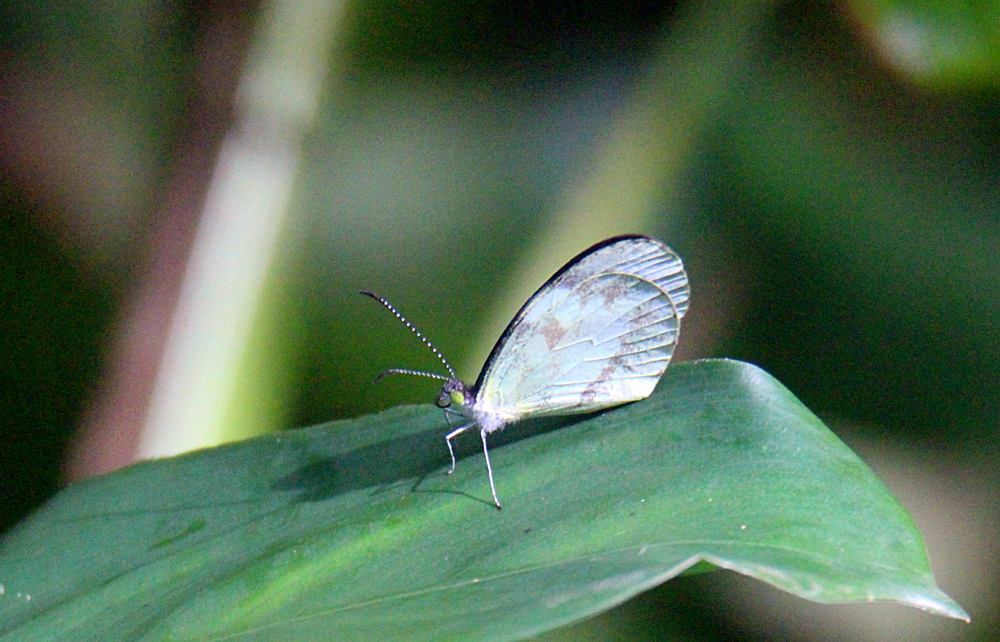I thought I saw a new kind of butterfly through the kitchen window and ran out with my camera and it was just another Banded Peacock which I’ve had scads of recently. But then I saw a brownish dead leaf fly into some of the plants in my garden (flapping its wings). I had to run get my cellphone to get close enough to it. I was hoping it would be one of the Leafwing Butterflies but now I’m pretty sure it is one of the thousands of moths that look like dead leaves and I haven’t found an ID yet. Here’s the three shots I got before he flew away, all with cellphone . . .
